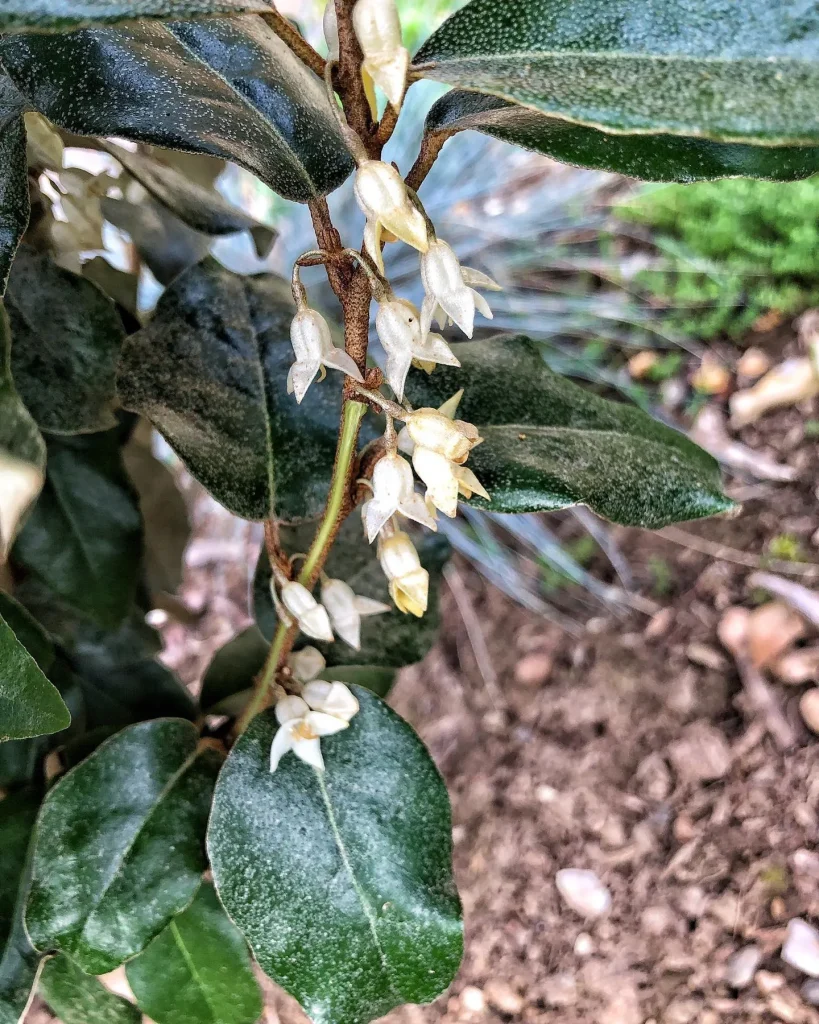
What Is Honeyberry Lonicera?
As a plant enthusiast, I’ve found the Honeyberry Lonicera to be a delightful addition to any garden. This hardy shrub, also known as Lonicera Caerulea, is valued for its sweet, tangy berries that are packed with nutrients. Often referred to as the “honeyberry” or “blue honeysuckle,” it originates from the northern regions of Asia and Europe. The plant thrives in cooler climates and is known for its ability to produce fruit even in less-than-ideal growing conditions. With its attractive foliage and early fruiting season, it’s a standout in any garden.
162 Species in Genus Lonicera
How to Care for Honeyberry Lonicera?
Caring for Honeyberry Lonicera is relatively straightforward. Here are the key aspects:
- Sunlight: These plants prefer full sun but can tolerate partial shade. For the best fruit production, aim for at least six hours of direct sunlight each day.
- Soil: Honeyberries thrive in well-drained, acidic to neutral soil. They’re not too picky but prefer soil that’s rich in organic matter. Adding compost can improve soil structure and fertility.
- Watering: Regular watering is essential, especially during dry periods. However, avoid waterlogging, as this can lead to root rot. Ensure the soil remains moist but not soggy.
- Pruning: Prune Honeyberry Lonicera in late winter or early spring before new growth starts. Remove any dead or damaged wood and thin out crowded branches to improve air circulation and sunlight penetration.
- Fertilizing: Feed the plant with a balanced fertilizer in early spring. Avoid over-fertilizing, as this can lead to excessive foliage growth at the expense of fruit production.
How to Propagate Honeyberry Lonicera?
Propagating Honeyberry Lonicera can be done through several methods:
- Cuttings: The most common method is to take semi-hardwood cuttings in late summer. Select healthy, non-flowering stems, cut them to about 4-6 inches long, and remove the lower leaves. Dip the cut ends in rooting hormone and plant them in a pot filled with a mix of peat and perlite. Keep the soil moist and the cuttings in a warm, bright location.
- Division: This method involves dividing an established plant. In early spring or late fall, dig up the plant and separate the root ball into smaller sections, each with a healthy root system. Replant the divisions in their new locations and water them thoroughly.
- Seeds: While less common, you can also propagate Honeyberry Lonicera from seeds. Stratify the seeds by placing them in a moist paper towel and refrigerating them for 2-3 months before sowing them in seed trays. Keep the soil moist and warm until germination occurs.
What to Plant With Honeyberry Lonicera?
Pairing Honeyberry Lonicera with complementary plants can enhance your garden’s aesthetics and productivity:
- Companion Plants: Consider planting Honeyberry with other berry bushes like raspberries or blueberries. They share similar soil and light requirements and can create a productive, berry-rich area in your garden.
- Pollinator-Friendly Plants: Planting flowers such as lavender, echinacea, or bee balm nearby can attract pollinators, which will benefit your Honeyberry by improving fruit set.
- Ground Covers: Low-growing plants like thyme or creeping jenny can provide excellent ground cover, reducing weeds and helping to maintain soil moisture around your Honeyberry plants.
Is Honeyberry Lonicera Toxic?
One of the great things about Honeyberry Lonicera is that it’s not toxic to humans or pets. The berries are edible and safe to consume, though they can have a tart flavor when not fully ripe. Always ensure you correctly identify the plant before consumption, as confusion with other berries can occur.
Benefits of Honeyberry Lonicera
- Nutritional Value: Honeyberries are packed with vitamins and antioxidants. They are rich in vitamin C, vitamin A, and dietary fiber, making them a healthy addition to your diet.
- Early Harvest: Unlike many other berries, Honeyberry Lonicera fruits early in the season, often before strawberries and raspberries. This makes it a great choice for extending your berry harvest.
- Ornamental Value: With its attractive flowers and foliage, Honeyberry Lonicera adds beauty to your garden. The plant is also quite resilient, making it an excellent choice for less-than-ideal gardening conditions.
Common Problems and Solutions
- Pests: Honeyberry plants can occasionally suffer from pests like aphids or spider mites. Regularly inspect your plants and use insecticidal soap if necessary.
- Diseases: Watch out for fungal diseases such as powdery mildew. Ensure good air circulation and avoid overhead watering to prevent fungal issues.
- Poor Fruit Production: If your Honeyberry isn’t producing fruit, check that it’s getting enough sunlight and that it’s not suffering from nutrient deficiencies. Ensure that you have multiple plants for cross-pollination, as Honeyberries often need more than one variety to set fruit effectively.
Compare Honeyberry Lonicera with Other Similar Plants
If you’re considering alternatives to Honeyberry Lonicera, you might compare it to:
- Blueberry (Vaccinium spp.): Both produce blue berries and have similar soil requirements. However, blueberries generally require more acidic soil and can be more sensitive to environmental conditions.
- Gooseberry (Ribes spp.): Gooseberries also produce edible fruit and can be grown in cooler climates. They differ in flavor and have thorny stems, unlike the Honeyberry.
In conclusion, Honeyberry Lonicera is a fantastic plant for those who enjoy growing unique and nutritious berries. With its easy care requirements and many benefits, it’s a wonderful addition to any garden. If you’re considering adding this plant to your garden, I hope this guide helps you understand its needs and advantages better.
If i die, water my plants!



